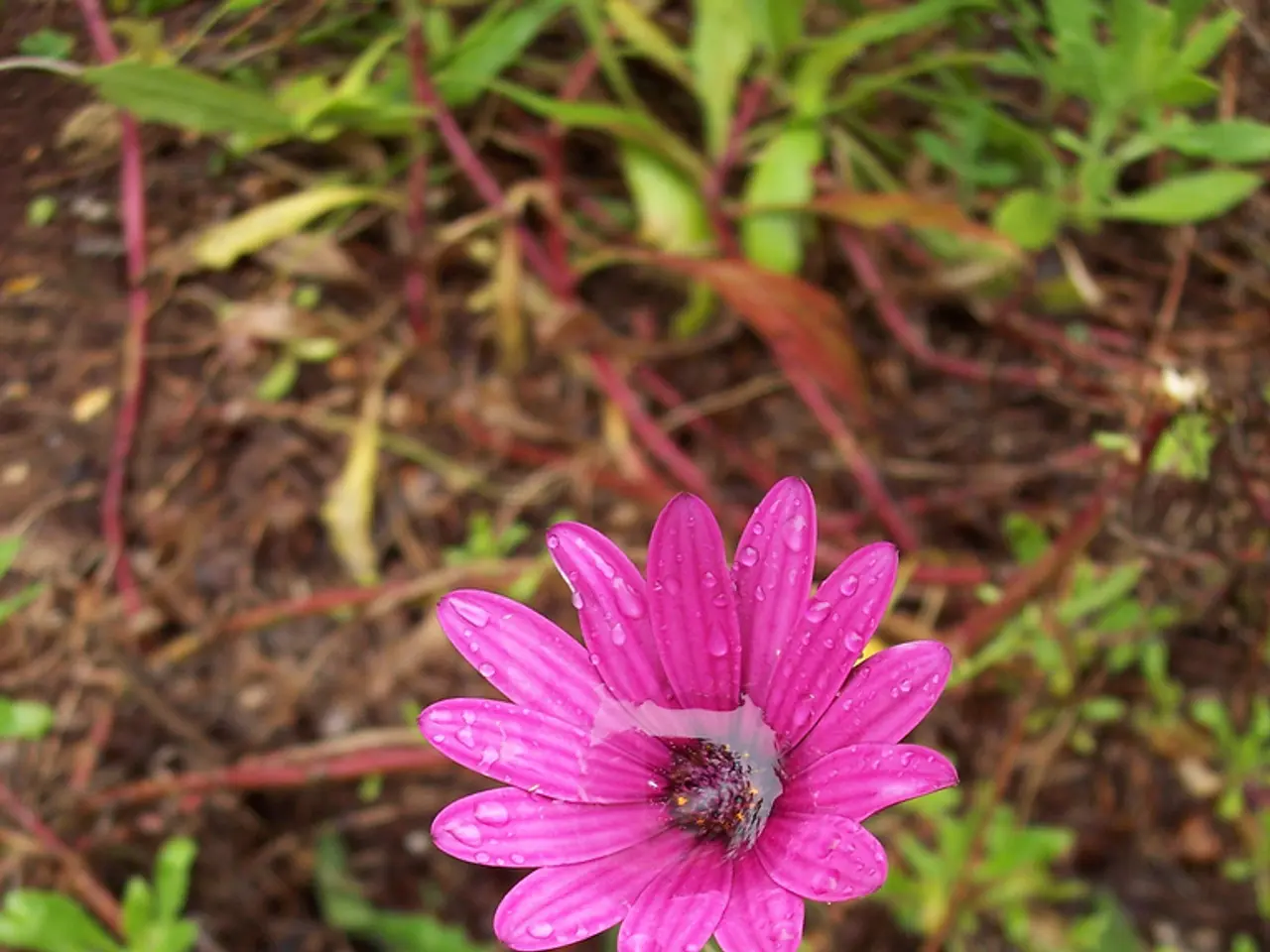Cultivating the Enigmatic Ghost Orchid: A Guide to Nurturing Rarity's Most Aesthetic Blossom
Growing and Caring for the Rare Ghost Orchid (Dendrophylax lindenii)
The Ghost Orchid, a rare and endangered native flower, is a fascinating species that grows in humid, marshy areas of Florida, Cuba, and the Bahamas. Known as "palm polly" or "white frog orchid," this epiphytic orchid is difficult to grow due to its particular requirements, but can be purchased via specialist growers and retailers, although they are expensive.
Environment
To replicate the Ghost Orchid's natural habitat, it's crucial to maintain high humidity (around 70-80%), warm temperatures (daytime 25-30°C or 77-86°F, cooler at night but not below 15°C or 59°F), and bright indirect light. A controlled environment such as a greenhouse or terrarium that traps sunlight and maintains humidity effectively is ideal. If natural light is insufficient, artificial grow lights can be used.
Mounting
Since Ghost Orchids are leafless and attach to tree bark in nature, they should be mounted on cork bark or hardwood slabs to mimic their natural epiphytic growth. Spanish moss can be a good addition to the mount and should cover around a third of the root system.
Watering
Watering Ghost Orchids involves creating a constant cycle of wet and dry. On average, they should be watered twice weekly using rainwater. Watering should be slowed down over winter to 2-3 times per month. It's essential to ensure the roots stay moist but not waterlogged, as the roots are the main photosynthetic organs.
Air Circulation
Good airflow is essential to prevent fungal infections and help roots dry slightly between waterings without drying out completely.
Fertilization
Using a diluted, balanced orchid fertilizer regularly during the growing season, applied via misting or root soaking, is important to support health and blooming. Mycorrhizal fungi should also be added to watering or misting for Ghost Orchids.
Growing Medium
The substrate for mature Ghost Orchids must have a long lifespan, hold moisture without rotting, and have a living patina of moss and lichens. Suitable substrates include old hickory bark, Florida buttonwood, cork slabs, or clay pots. Ghost Orchids cannot be planted into a commercial orchid potting medium.
Positioning
Ideally, Ghost Orchids should be positioned in an east- or west-facing window. They can also be located close to south-facing windows where the sunlight is filtered.
Pollination and Flowering
Ghost Orchid flowers are white and have a mysterious appearance. They release their sweet scent at night to attract giant sphinx moths for pollination.
Legal Considerations
It is illegal to remove a Ghost Orchid from the wild. It is also illegal to buy wild Ghost Orchids. Botanists have made progress in devising sophisticated means of seed germination for Ghost Orchids, and have reintroduced a number to the wild.
Expert Advice
Melanie Griffiths, an experienced gardener who has worked in homes and gardens media for over 20 years, offers some valuable advice: "Growing Ghost Orchids is a rewarding but challenging endeavour. With patience, precision, and the right environment, it's possible to successfully cultivate these fascinating plants."
For those interested in visiting Ghost Orchids in their natural habitat, the Audubon Corkscrew Swamp Sanctuary in Florida is a sanctuary where Ghost Orchids are growing and can be visited.
[1] "Ghost Orchid (Dendrophylax lindenii)" - OrchidWeb [2] "Ghost Orchid" - American Orchid Society [3] "Growing Ghost Orchids" - Orchid Digest [4] "Mycorrhizal Fungi and Ghost Orchids" - Florida Department of Environmental Protection [5] "Water Culture for Orchids" - The Orchid Review




